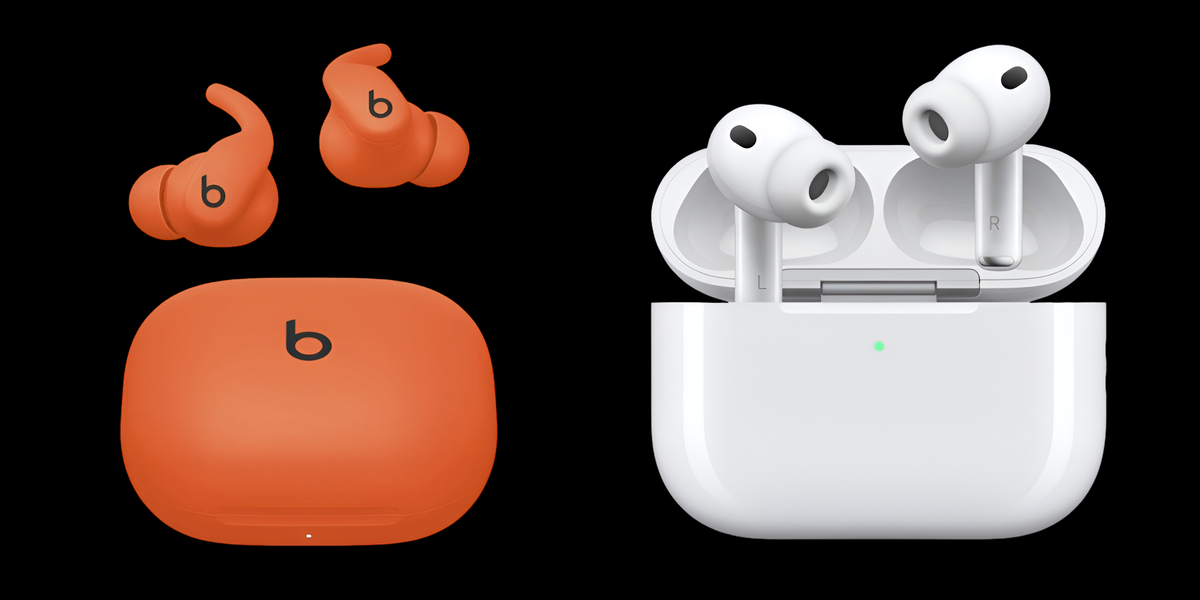april 28 space telescope James Webb completed one of the most important stages of the launch: alignment and adjustment of the mirrors. In fact, there has been an initial test showing that they can perfectly direct the light to your instruments and thus make very clear images. Now it’s time to customize each of these tools. A process that will also leave images as interesting as the one just published Spanish team MIRI (Mid-Infrared Instrument), one of two instruments in which the Spaniards are actively involved. Snapshot Compare Image Large Magellanic Cloudmade with both MIRI and its predecessor, Sputnik spitzer.
Both are tools that work in infrared range. However, MIRI has sensitivity is 10-100 times higher and 6-8 times greater angular resolution. You just have to see the sharpness with which this James Webb tool captures the stars, which with Spitzer were seen almost as blurs.
This will make it a fundamental part of the operation of the most powerful space telescope of all time. He has many scheduled tasks, which will help us to know in depth some of those remnants of the universe that have remained hidden from our eyes. We’ll still have to wait a few months to see it fully in action. But what else do we know about what their tasks will be?
MIRI, a key “part” of James Webb
As the name suggests, MIRI is an instrument operates in the infrared range of the electromagnetic spectrum. It combines in one tool the characteristics integral field spectrograph, video camera and coronograph. In other words, it can collect spectra, take images, and block out the light of highly lit objects in order to observe much fainter objects.
This, as explained in a statement by the chief investigator of the Spanish MIRI team, Luis Colina, makes it “a fundamental element in exploration of the universefrom exoplanets and protoplanetary disks through star-forming regions to black holes in nearby galaxies, and the formation and evolution of galaxies from the earliest times of the universe and throughout its history.”
MIRI combines the functions of an integrated field spectrograph, a video camera and a coronagraph in one instrument.
Essentially, the team owned Center for Astrobiology (CAB) CSIC, has experts in each of the areas that MIRI will focus on. The group of exoplanets includes David Barradowhich reports that this James Webb tool will be able to receive direct images massive and relatively young planets. “In addition, spectra will be obtained from several brown dwarfs, objects that look like stars but have properties similar to planets, to determine the properties of their atmospheres and improve theoretical models applied to planets. exoplanets“.
In the group of cosmological cartographers we find Paul Perez Gonzalez. He expects MIRI to “provide us with information aboute older, smaller and more developed stars that are present in distant galaxies. It’s necessary like he said hypertext Louis Hill. “By trying to find older and more developed stars in very distant galaxies, at times close to the origin of the universe, we hope to establish when the first stars formed and what their impact on the subsequent evolution of the universe is.”
On the other hand, MIRI will give us very useful information about nearby galaxiesYes Works in this area Almudena Alonso Herrera. She claims that “MIRI will allow us to study the material hiding active nuclei, the kinematics of superwinds, and the central regions of these galaxies where new stars are being formed.” Active nuclei mean those galactic centers with supermassive black holes, in which matter is actively added.
Therefore, one can study black holes. it’s part of the job Javier Alvarez and Alvaro Labianowhich will try to “understand the origin and formation of massive black holes that appeared in the early days of the universe.”
Still have to wait a bit
All this and more will be part of the work of this James Webb tool. However, we still have some time to see the results of their work. full performance.
“Like the rest of James Webb’s instruments, MIRI is in the process of being developed. on-orbit verification and characterization”, says Colina to this medium. “Right now, the staff of the Center for Astrobiology in the United States are participating in these tasks.” This is a phase that will last about two months, so it won’t be fully operational until at least July.
If all goes well, the instruments will be ready in July.
But what kind of work will it be? Just read some of the latest hot astrophysics news to see what many include James Webb in their future plans. Both MIRI and other instruments will help confirm some of the data obtained by Hubble or other less sophisticated devices. But, logically, you should have several steps to follow. “There is something called long term planning, which covers the entire first year of James Webb and covers projects in all areas of astrophysics,” explains Colina. “These studies will be carried out by the groups that developed the instruments, as well as by other scientific groups around the world who received observation time“.
In short, the James Webb telescope is the latest rock star in telescopes, and no one wants to miss out on the opportunity to use it. More or less the way it happened in his days with Hubble. This includes, of course, MIRI, but also the rest of his instruments.
In the meantime, while everyone is finishing their settings, MIRI has already shown what it is capable of. It is true that the comparisons are odious, but the bottomless differences with spitzer show us how far you can go with your observations. And the fact is that with great sharpness you can see not only the stars. Diffuse radiation is also observed, due to the emission of molecules that play a fundamental role in the chemistry of the interstellar medium. “MIRI will provide new insight into the birth of stars and protoplanetary systems.” And that we are talking only about the instrument. One of the two with a large participation of Spain (the other is NIRSpec). Seen this way, the possibilities of the entire James Webb set seem almost inexhaustible.
Source: Hiper Textual














